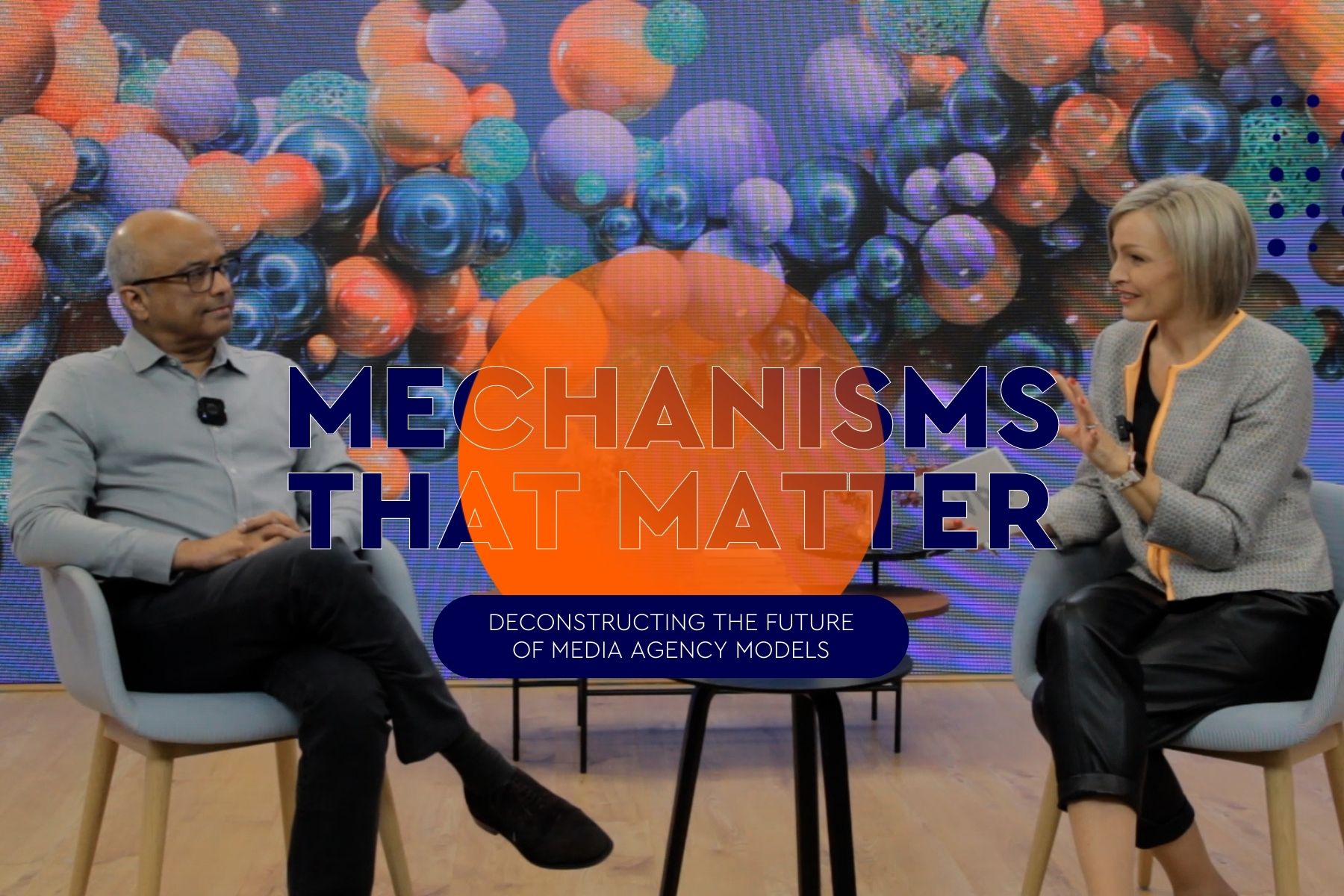
D2C DNA
Direct-to-Consumer is a skill, not a business unit
No other area of business has seen such exciting growth and visible success as Direct-to-Consumer (D2C) commerce. In the past decade over 3,500 new brands have sprung up in every sector of the economy, and they have raised an estimated $4bn in capital along the way – $4bn that they have used to eat away share from brands that once exclusively dominated consumer industries. The effect of new entrants has never been more widespread, so keenly felt by incumbents, and so enthusiastically embraced by consumers.
As organisations such as the Interactive Advertising Bureau (IAB) call D2C “the future of retail”, it’s no surprise to see large brands and retailers paying attention. Companies including Timberland, REI and Under Armor are finding success in expanded D2C channels to recapture market share. While it’s tempting for brands to simply ape the tactics that are outwardly visible from successful D2C brands, the truth is that much of what makes D2C experiences so persuasive and valuable is invisible from the outside.
Retailers or brands that view D2C as merely a channel strategy are oversimplifying and missing the value of the underlying trend in a big way. It’s not about increasing distribution, adding technology or improving supply chain; it’s about transforming customer experience and the corporate culture that enables it.
What is truly driving the meteoric rise of D2C? It’s the enduring reminder that consumer experience matters most. And now, more than ever, consumers demand better. D2C addresses fundamental demands from consumers such as frictionless retail, brand experience, product innovation and personalisation. Embracing the resources and sustained effort required to deliver today’s D2C experiences is critical for enterprise retailers looking to serve their customers and address emerging competitive threats.
That drive is precisely why creating a D2C experience is neither simple nor benign. Larger legacy enterprises and brands have a lot to lose through the thoughtless development and execution of D2C experiences that deliver no value to customers and create confusion in the marketplace. Our first piece of advice to brands seeking to develop D2C experiences is to swear a kind of Hippocratic Oath. “First, do no harm.”
What harm can a bad experience do?
- Harm the customer by creating confusion on pricing and product availability or through poor customer care communications
- Harm the brand through poor execution of visual design, incomplete or irregular content management or through a poor customer experience (often in forward and reverse logistics)
- Harm existing channel relationships by creating channel conflict, undercutting on price, withholding product from the market
- Harm the organisation by creating internal tensions and counter productive incentives
- Harm profitability. Existing supply chain and customer experience channels are often tuned and profitable only at scale
Many brands make the mistake of believing that D2C success is a matter of installing the right technology and establishing a delivery capability to deliver their existing products in the standard pack sizes. Native D2C brands have ably demonstrated that D2C is a skill, not simply another business unit or capability. D2C strategy is not just a matter of adding a "buy" button. While the user interface and the user experience are important components, D2C commerce experience is built upon the desire to deliver a great end-to-end customer experience for the business. Business is a value delivery system, not just a product delivery system.
Positive experiences create value for customers, the brand, channel partners, the organisation and shareholders. High-performing D2C brands are able to see the thread through the whole experience on behalf of the customer, rather than see the experience as a series of hand-offs. Critically and inevitably, customer experience will live or die by the culture and organisation that underpins a brand. D2C DNA identifies the core skills and cultural dispositions needed in each area of the business so that executives at brands and retailers can use them to build compelling experiences and corporate cultures to deliver them.
D2C is a skill to be developed more than it is a business unit to be spun up. Brands must understand the value of all of the elements that create the lived experience of the brand to develop true customer advocacy.
published on
26 September 2019
Category
More in Communications

Healthcare communications – diverse, dynamic & different
Communicating about health and healthcare in APAC requires a nuanced and balanced approach

Mechanisms that Matter – How India is fuelling growth for global brands
CVL Srinivas tells Anna Hickey how WPP Open is fuelling a testbed for new working models, innovation, and automation.

Media in India: the future is now
Brands pursuing the Indian market must focus on personalised experiences and data-driven strategies

